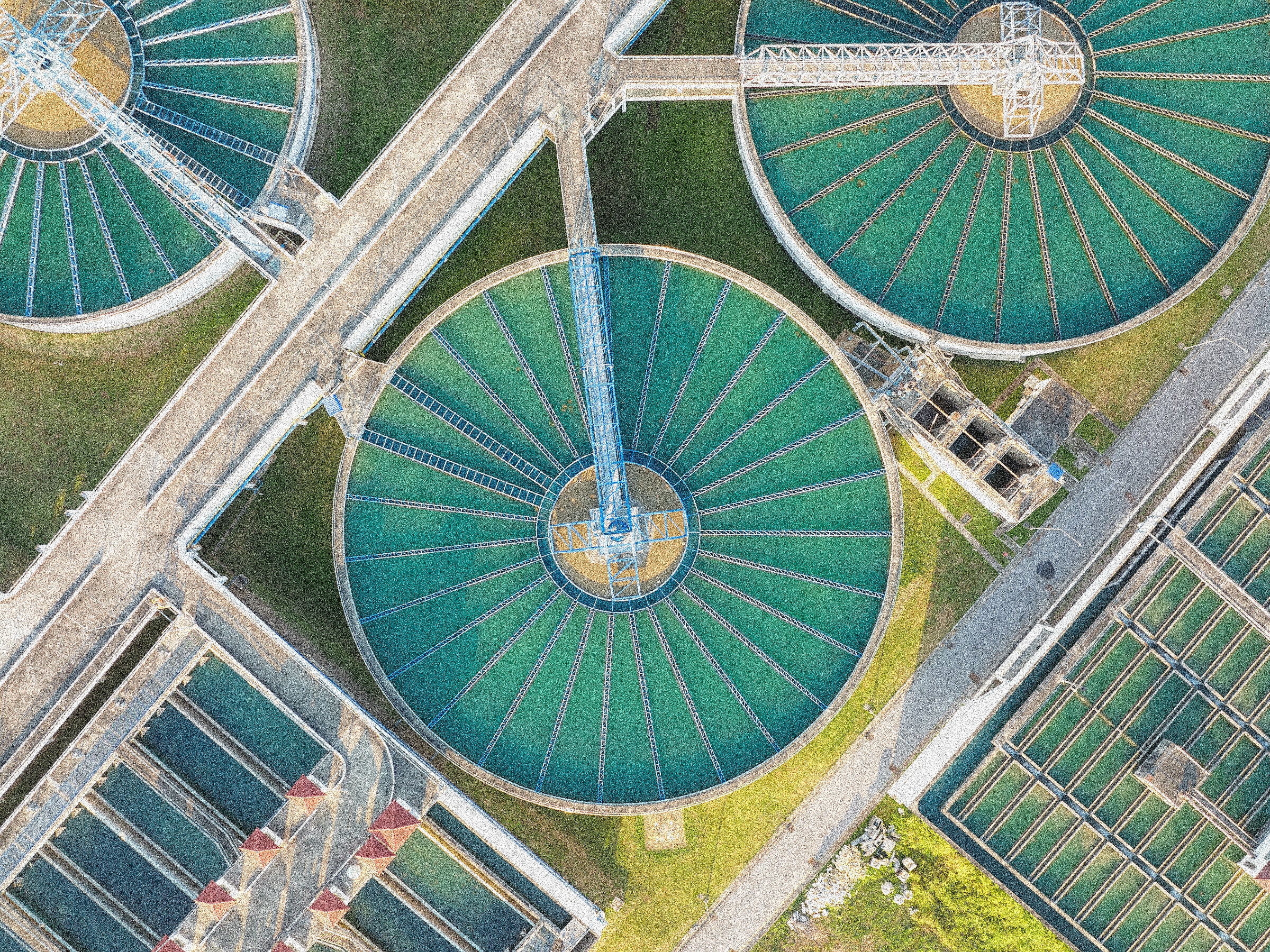Does your city use chlorine or chloramine to treat its water?
Many cities across the United States use either chlorine or chloramine to treat their water supply. Chlorine is a powerful disinfectant that has been used for decades to kill harmful bacteria and viruses in drinking water. On the other hand, chloramine is a combination of chlorine and ammonia that is used to provide longer-lasting disinfection.
The choice between chlorine and chloramine often depends on the specific needs and preferences of each city. While chlorine is effective at quickly killing pathogens, it can create potentially harmful byproducts when it reacts with organic matter in water. Chloramine, on the other hand, is more stable and produces fewer harmful byproducts, but it can be more expensive to produce and distribute.
Some cities may switch between chlorine and chloramine depending on the season or water quality issues. Before making a decision on which disinfectant to use, cities often conduct extensive testing and analysis to determine the most effective and safest option for their residents.
Regardless of whether your city uses chlorine or chloramine, public water systems are required to meet strict standards set by the Environmental Protection Agency (EPA) to ensure that drinking water is safe and clean for consumption. It is important for residents to be aware of the type of disinfectant used in their water supply and to stay informed about any updates or changes in water treatment methods.
In conclusion, the choice between chlorine and chloramine in water treatment is a complex decision that involves multiple factors such as cost, effectiveness, and safety. It is essential for cities to continuously monitor and improve their water treatment processes to provide residents with the highest quality drinking water possible.

